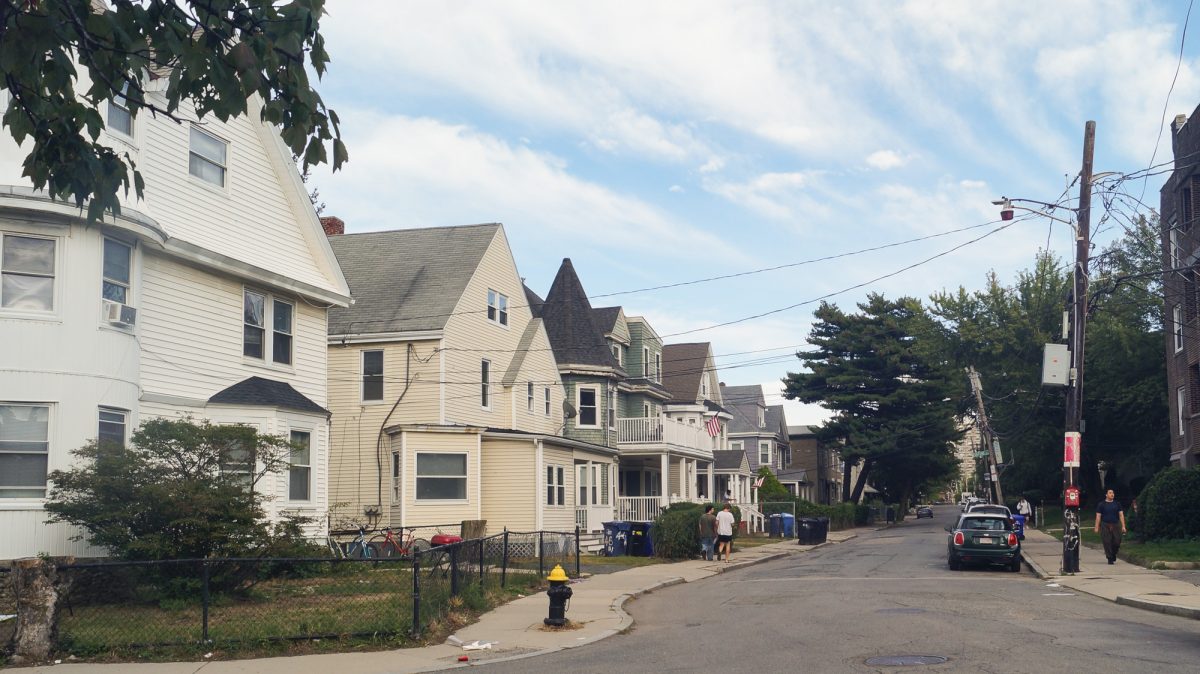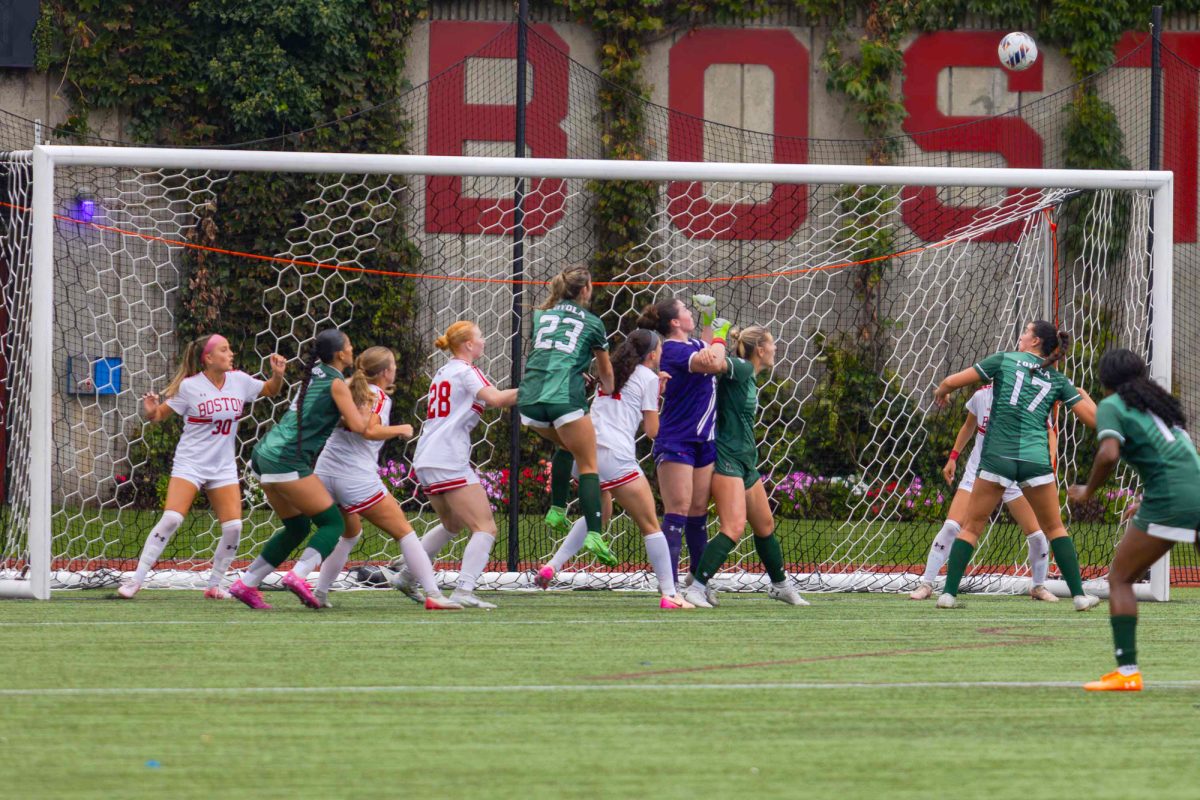After nine days off for the Boston Bruins, both of their goaltenders were ready to compete between the pipes. Tuukka Rask, who hadn’t played since Jan. 14 in a contest against the Columbus Blue Jackets, was stellar in a road win over the Winnipeg Jets. Jaroslav Halak then bounced back after a rough stretch of games to stymie the Minnesota Wild.
It was a great sign for the Bruins that Rask was effective in his first game back in the lineup. After taking a wicked shot to the head from Columbus’ Emil Bemstrom, Rask had not seen game action in 16 days. However, no rust was seen on Friday in Winnipeg as Rask stayed composed, even during an avalanche of Jets shots. Winnipeg failed to score on six different power plays — Rask allowed only one goal after facing 38 shots.
Halak’s play in Minnesota was almost as important as Rask’s return. The Wild went 0-4 on the man-advantage and Minnesota only managed to score one goal on 26 shots against Halak. A strong performance was needed from Halak because of a developing troubling trend.
Before his past two starts, Halak had struggled of late. In eight of 12 games, from Dec. 7 to Jan. 19, his save percentage was lower than .900. Following the disaster in Pittsburgh when the Bruins gave up a three-goal lead, his save percentage was an abysmal .818. He has regrouped with good outings against the Vegas Golden Knights before the all-star break and in Minnesota after the break.
Halak needs to find consistency in his play, because he is going to be starting a lot of games for the rest of the season. Even with Rask healthy, Halak will be getting quite a few starting nods.
There will be four sets of back-to-backs for Boston over February. Not to mention, the Bruins also have two more back-to-backs waiting for them in March. Boston’s head coach Bruce Cassidy will want Halak at his best, so Rask avoids playing two games without a breather.
One of the reasons why Rask was so effective in the postseason last year was because Halak started a lot of games. Last year in the regular season, Rask played in 46 games and made 45 starts. While a stretch of absences were related to personal matters early in the season, the Bruins were comfortable having Halak play in 40 games and make 37 starts.
Rest in the regular season often leads to better Rask playoff campaigns. He became the full-time starting goaltender for Boston in 2013 when Tim Thomas moved on. Unfortunately, that NHL regular season was limited to only 48 games due to a lockout.
The lack of games actually turned out to be a blessing for the Bruins. Playing in just 36 regular season games, Rask was ready for the spring. His .940 save percentage was the best of all the playoff goalies. Rask would help get the Bruins to the Stanley Finals where they would lose to the Chicago Blackhawks in six games.
With the threat of Thomas and lockouts gone, Rask was able to be the Bruins starting goaltender for the entire 82-game season. In 2014, he played in 58 regular season games. Rask would help the Bruins past the aging Detroit Red Wings in the first round before losing a frustrating seven-game series to the Montreal Canadiens.
In the 2014-15 and 2015-16 seasons, the Bruins missed the playoffs. In those 2 years, Rask played in 70 and 64 games.
In the 2016-2017 season, Rask participated in 65 regular season matchups. Once in the playoffs, the Bruins took on the Ottawa Senators. Unfortunately, Boston lost Brandon Carlo and Torey Krug to injuries. Rask held on his own despite the Bruins losing vital players, but Ottawa took out Boston in six games.
In 2017-2018, Rask appeared in 54 regular season games. During that year’s playoffs, Rask struggled. The Toronto Maple Leafs had a gifted offensive team that gave the Bruins all they could handle in the first round. Boston needed seven to get the better of them. Then, the Tampa Bay Lightning eliminated the Bruins in five games.
Since Rask only played in 46 regular season contests in 2018-2019, he was ready for the long-haul that is playoff hockey. Rask was a major reason, if not the most significant, the Bruins reached the Stanley Cup Finals. His playoff save percentage was .934. Unfortunately, the Bruins lost at home to the St. Louis Blues in seven games, but Boston would not have gone that far if Rask had been anything less than spectacular.
So far this year, Rask has played in 29 of Boston’s 53 contests, and if Cassidy keeps playing Rask roughly at the same clip, he will compete in 16 of the remaining 29 matchups. That would come out to Rask finishing with 45 games.
Now, a lot of factors will determine how many games Rask will play the rest of the way. If the Bruins believe winning the Atlantic Division is crucial, Rask might play more games. If Halak gets hot or Rask cools, Halak might get the starting nod more frequently. As the Bruins march the rest of the season, how many games Rask and Halak play are almost as important as how well they play.


























































































































